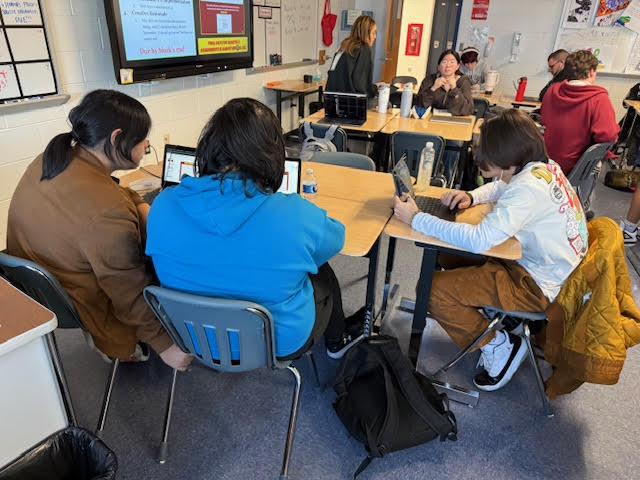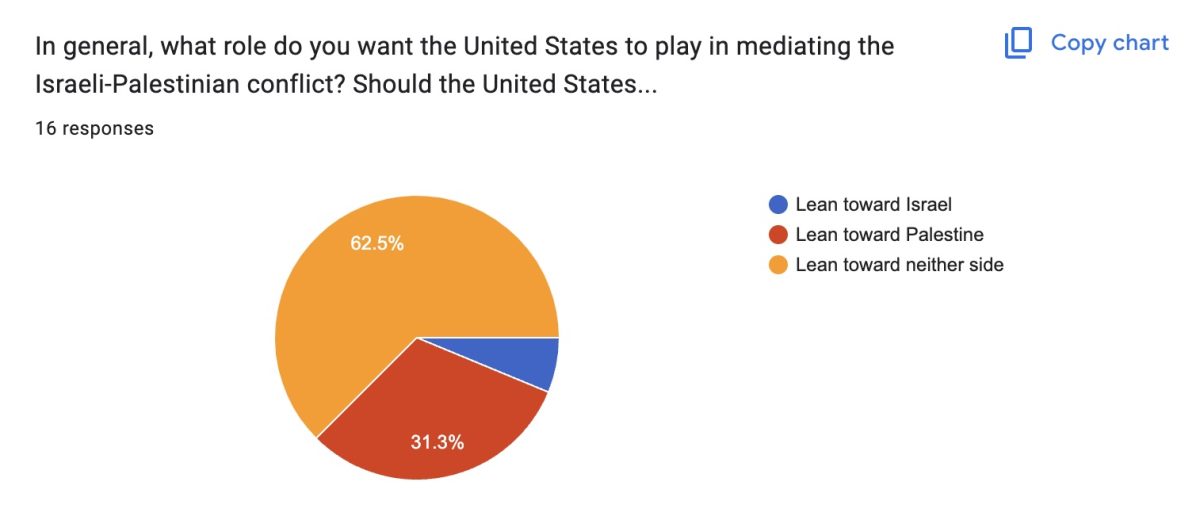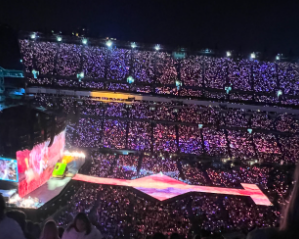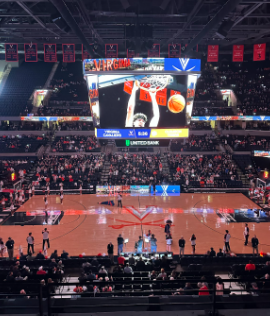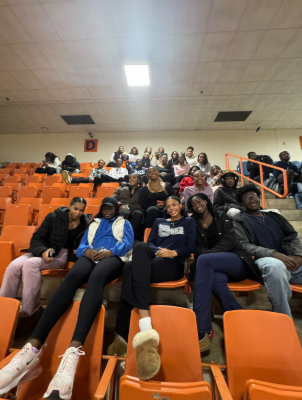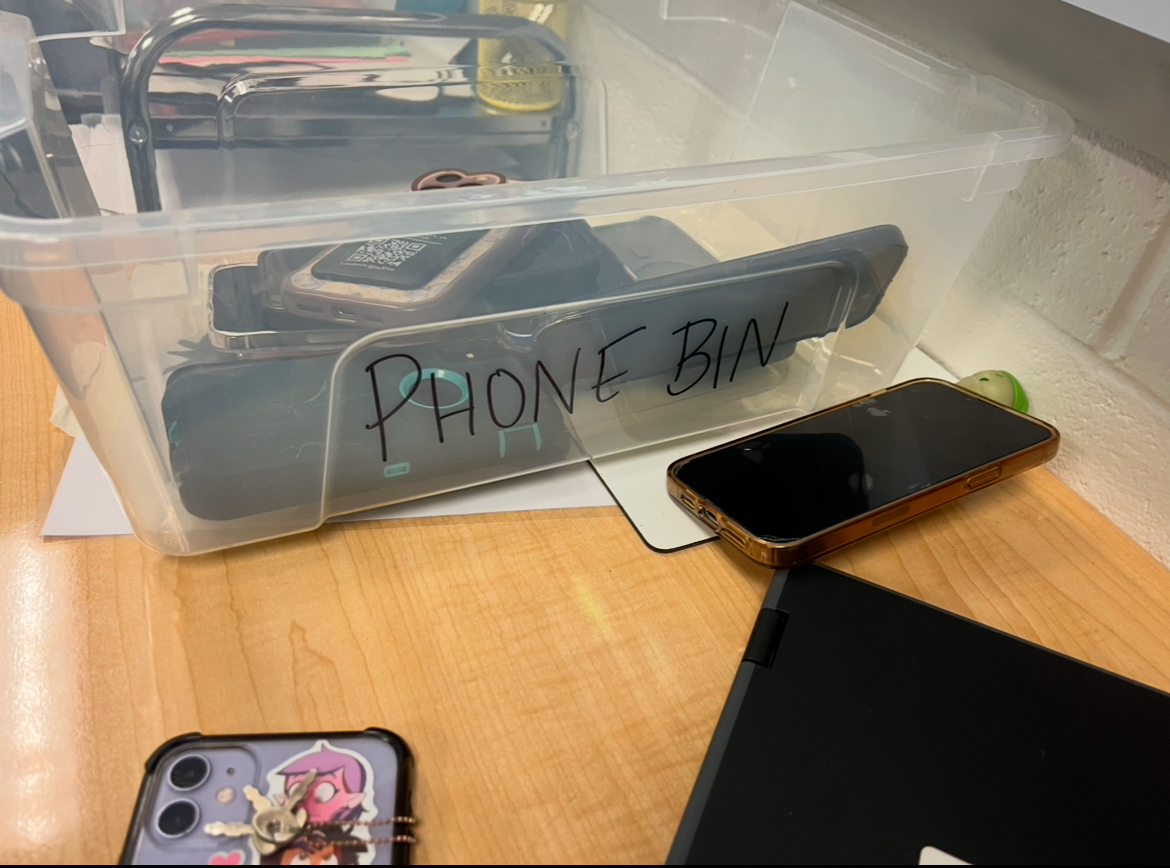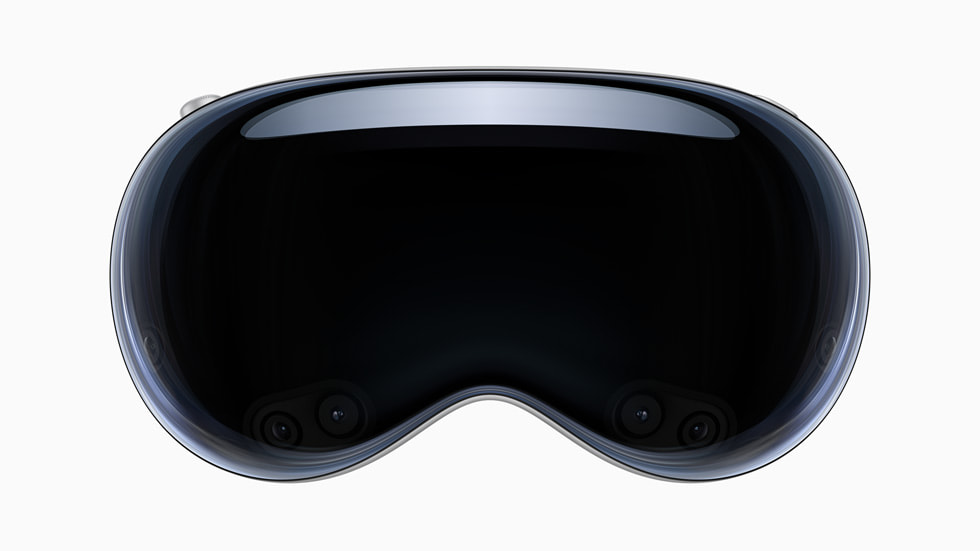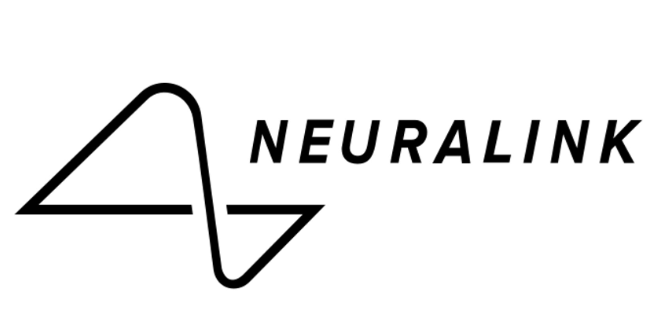Dubbed ‘the era of spatial computing,’ Apple’s Vision Pro is rising to revolutionize the technology industry, possibly even the education system.
Eight months ago, Apple first teased its Vision Pro product on June 5, 2023, and released it earlier this year on February 2, 2024, for $3,499. It has captured the attention of over 114 million users across the internet in just one month, rotating the heads of many audiences ranging from the young to the elderly, injecting a sense of curiosity and wonder into the glimpse of its fascinating world.
“I first heard about it three weeks ago while I was looking at my recommended YouTube page,” freshman Yunus Adiyaman said. “My first impression of it was that it was very futuristic, something new, and also understandably expensive because it was a big step to what comes in the future depending on how people use it.”
Throughout the eight months of the Vision Pro’s consecutive development, Apple’s primary intention was to provide and create a multi-complex platform for its users. The development team’s dedication to the product led to the construction of a new and exclusive operating system, the first-ever VisionOS. After incorporating the system into Vision Pro, it now could grant users unlimited access with the ability to observe and utilize resource applications within their own virtual world.
“I’m really intrigued by the Apple Vision Pro, especially how it could change how we experience augmented reality,” sophomore Ashrith Thumuluru said. “It’s like taking wearable tech to a new level where app developers can create a range of experiences from gaming to everyday professional work.”
The Vision Pro delivers a unique image to its users with its flexibility and optimization. Apart from Apple’s other devices, its highly advanced spatial operating system has users navigating applications solely with eyes, tapping and moving hands to select, flicking to scroll, and even using voice instructions to dictate commands. Applications have 3D dimensional features that can react to light and cast shadows, giving it a realistic feeling on another level.
“It sounds and is incredibly innovative and intelligent,” junior Zohaib Zaffar said. “If I were to experience using it, I would explore its capabilities across various tasks, from creating my environment to effortlessly controlling applications with my eyes and voice.”
Perhaps one of the most influential effects of the Vision Pro is its range in accessibility, yielding limitless functions for multi-purpose users such as entertainment, work, and FaceTime. Its versatile features entice many to suspect that it may even be used and administered by school systems, such as Chromebooks, for educational purposes to enhance the learning experience for students. The Vision OS’ intuitive interface opens the door for students to engage in learning material with even larger depths.
“I believe students would heavily benefit from using the Vision Pro to handle big projects related to research as they’d be able to see all the information at the same time while creating it,” sophomore Sidharth Krishnan said. “We could see a steady increase in academic improvement and development.”
The advantage of using the Vision Pro for educational purposes is its work capabilities, yielding opportunities for students to learn and interact with applications. Apple has been conducting K-12 education programs where they provide students with devices such as iPads, iMacs, and Macbooks. However, with the Vision Pro, it presents online resources, quizzes, multimedia presentations, and virtual field trips on another level for students. Teachers can virtually review and identify areas of progress where help is needed and provide personalized recovery plans to strengthen student potential further.
“Having the Vision Pro in a classroom is quite unique, yet over the top by a bit since it wouldn’t be that different other than having applications in front of us,” sophomore Ajay Dasbiswas said. “However, it would be amazing to have virtual reality in the classroom for students since it would increase engagement.”
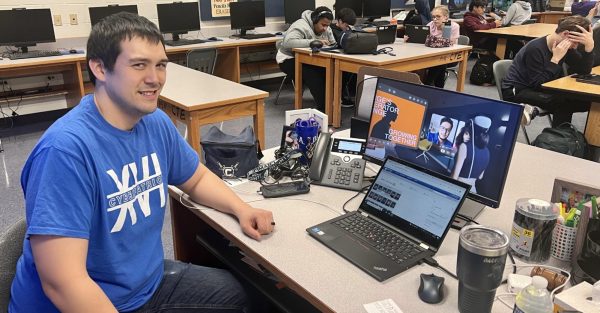
Other than increasing students’ learning experience, teachers and educational staff may also experience benefits. The Vision Pro’s built-in work adaptability allows teachers to create a perfect workspace to develop and supply new learning materials in intelligent and exciting ways to keep students eager for learning. Staff meetings can additionally be enhanced with Vision OS’ Facetime feature to see people in life-size, allowing for conversations to become as natural in-person, providing for easier collaboration.
“I can see virtual meetings as a plus with the Apple Vision Pro, especially with a lot of parent-teacher meetups or collaborations with other staff,” business education teacher Darron Breeden said. “I think the FaceTime feature is a nice feature, but I don’t see any additional benefits of it other than viewing people in life-size.”
While Apple’s Vision Pro can potentially increase learning experiences, it may also serve as another source of online learning for students. Its intelligent immersive technology offers an alternative to traditional learning experiences with its built-in dual-chip design for performance and processing, eliminating lag, which can facilitate remote learning. Virtual education has been prevalent across different schooling programs worldwide since 1989. It has increased since the COVID-19 pandemic, impacting education systems through its convenience and purpose to provide students with the necessary resources for learning.
“The potential of Apple’s Vision Pro for improving engagement and collaboration is present for online education,” said freshman Rishik Perambur said. “The only problem would be its hefty price tag which could hinder widespread distribution, otherwise it is a convenient product for multitasking.”

Many students at Champe are familiar with virtual reality (VR) and other products, such as Meta’s Oculus Quest. Many typically use VR for gaming purposes, but these students are intrigued by the Vision Pro. They are making similar connections to the sci-fi action film Ready Player One, released in 2018. It is observable that the Vision Pro and the film’s headset are identical, if not almost the same, in appearance and functionality. As seen in the movie, the headset also contains identical features like creating augmented realities, providing communication clouds, and analyzing facial recognition, all present within the Vision Pro. Many are impressed that the Vision Pro was launched in 2024, preceding its portrayal in Ready Player One, set in 2048. The rate at which technology advances continues to inspire and offer new experiences for the upcoming generations.
“What’s remarkable about the Vision Pro is that not only does it share a striking resemblance with the headset in the film, but it also contains similar qualities,” sophomore Sami Naim said. “If Apple were to release newer generations of this product like their iWatches and Airpods, it’s possible for it to eventually become a replica of the headset from the movie.”
